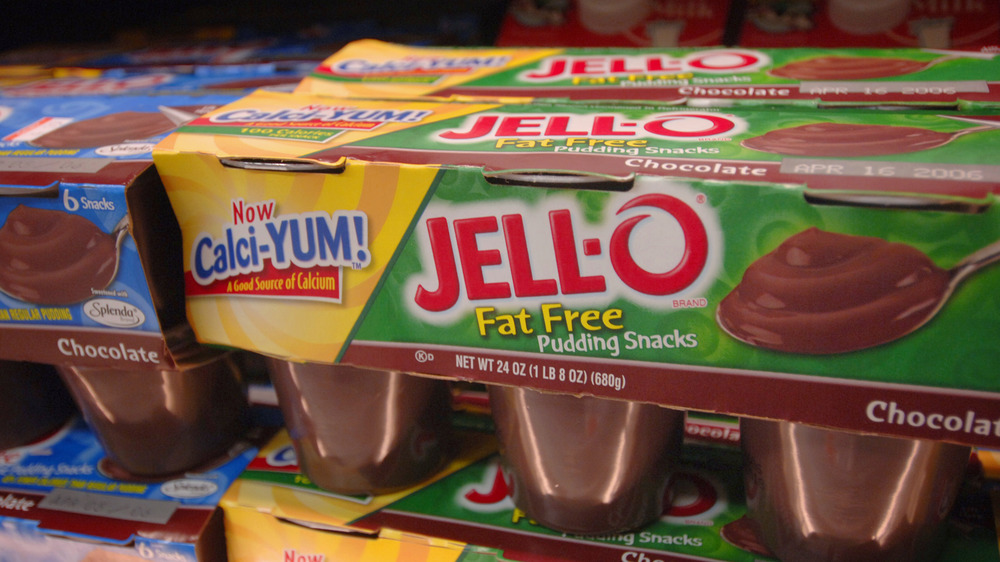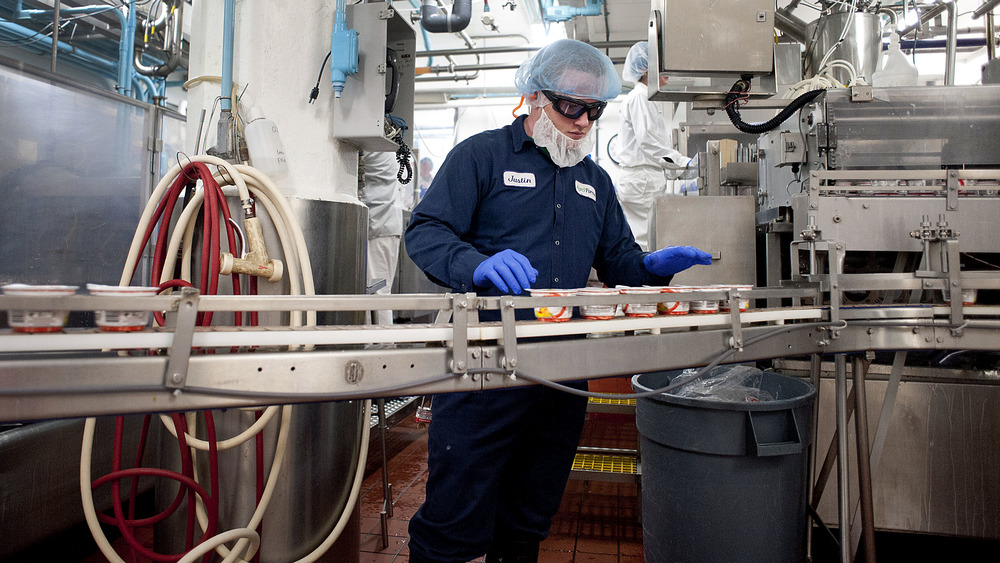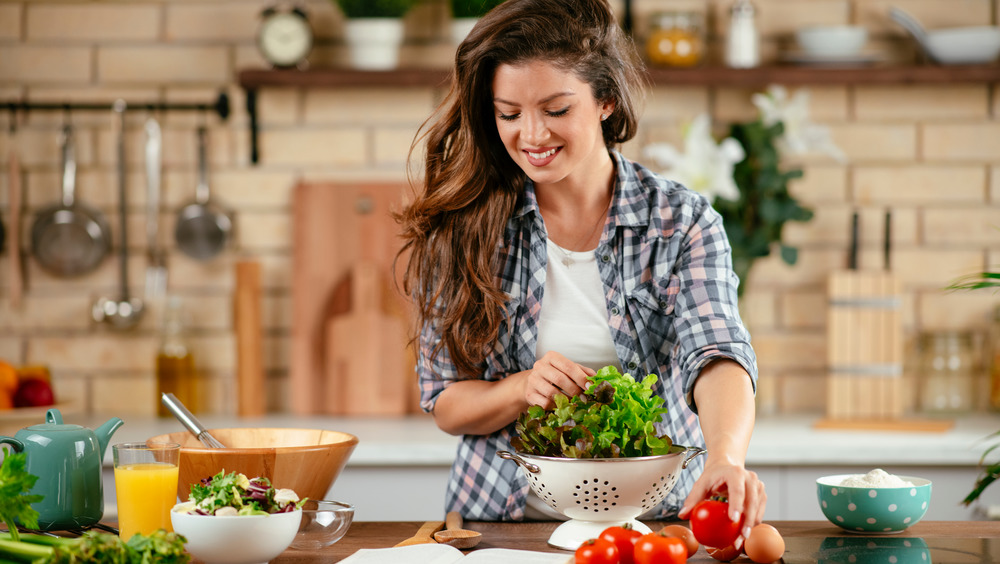Why The Non-Fat Food Label Is A Huge Red Flag
Every diet has its day, but the time for low-fat everything is long past. While fat-free this, that, and the other thing was all the rage in the '90s, subsequent research has shown that there's such a thing as good fats as well as bad ones. In order to eat a healthy diet, we need to include good fats in our diets (via Self).
That said, it's still kind of hard to give the boot to all "bad fats" such as the ones found in potato chips, French fries, fried chicken, burgers, ice cream ... Are you hungry yet? Okay, we'll stop listing them. We all know what we shouldn't be eating, but those bad fats just taste so good! That's why fat-free products are still a thing since these allow us to reduce our "bad fat" intake while still indulging in some of our favorite foods. Unfortunately, there's a downside, and it's a rather serious one. Lisa Richards, the nutritionist who authored The Candida Diet, spoke to Mashed about the dangerous additives these products may contain in lieu of fat.
Non-fat food has some dubious ingredients
According to the U.S. Food and Drug Administration, a food can be defined as "non-fat," "fat-free," or similar terms as long as it contains less than 0.5 grams of fat per serving. Lisa Richards says that in order to compensate for the loss of flavor that occurs when you subtract the fat, typically extra sugar and chemical fillers may be used. The dangers of excess sugar are well known (weight gain, breakouts, risk of diabetes, depression, etc), but it's the fillers that really bother Richards.
Richards says these may include both "common household names [and] concerning synthetic lab-made ingredients," but all of them raise some concerns. Cellulose and soy not only add bulk but calories, and she warns that they "can interfere with the body's ability to process other nutrients." She also names carrageenan, olestra, and potassium bromate as synthetic additives that "should raise a red flag" due to the fact that "the body is not prepared to process them through digestive enzymes, which wreak havoc on the gut."
The only healthy non-fat foods are homemade
So are all foods with a non-fat label bad? Richards says they most likely are. "When reducing the fat in your diet," she tells us, "it is best to go for whole foods as these are sure to be free of manufactured ingredients." But what if you're just not in the mood for an apple or some plain lettuce? In that case, she suggests "making your own fat free foods at home because you can control the ingredients going into the recipe." While Richards did not offer any specific ideas for healthy homemade low-fat fare, another nutritionist we've spoken to in the past, Serena Poon, suggested making a fat-free salad dressing based on mustard (a food that's naturally fat-free), or you could always try baking with beans for a low-fat, yet natural, ingredient swap.
Perhaps the best approach, however, would be to do as dietitian Nicole Hinckley suggests and focus not on what you need to take out of your diet (bad fats) but what you should be adding more of (good fats, as well as protein and fiber). Nuts, eggs, full-fat dairy (including yummy cheese!) count. Start by looking at all of those healthy fats you can still have in your diet, and see if this doesn't spark some kitchen inspiration.


